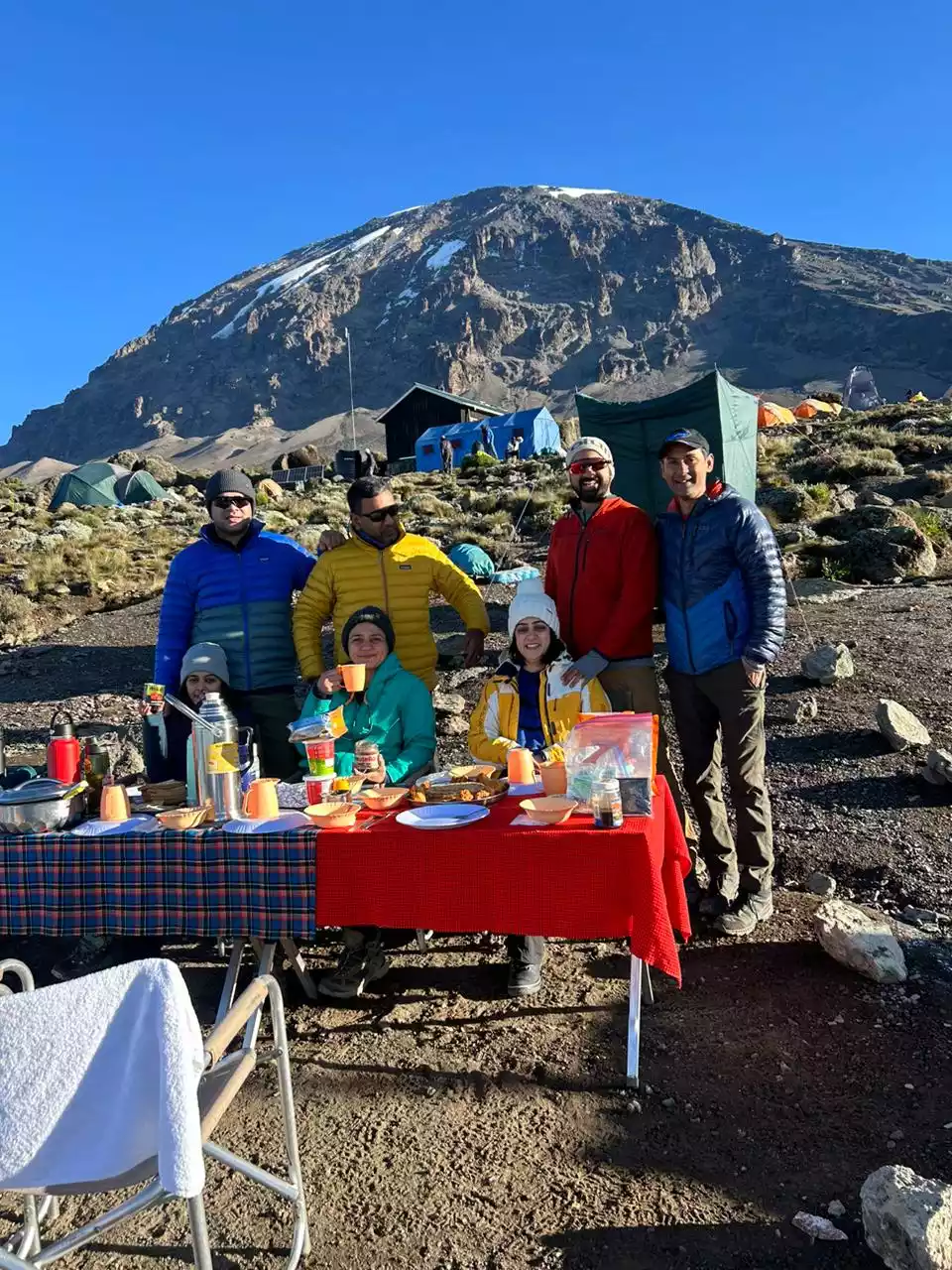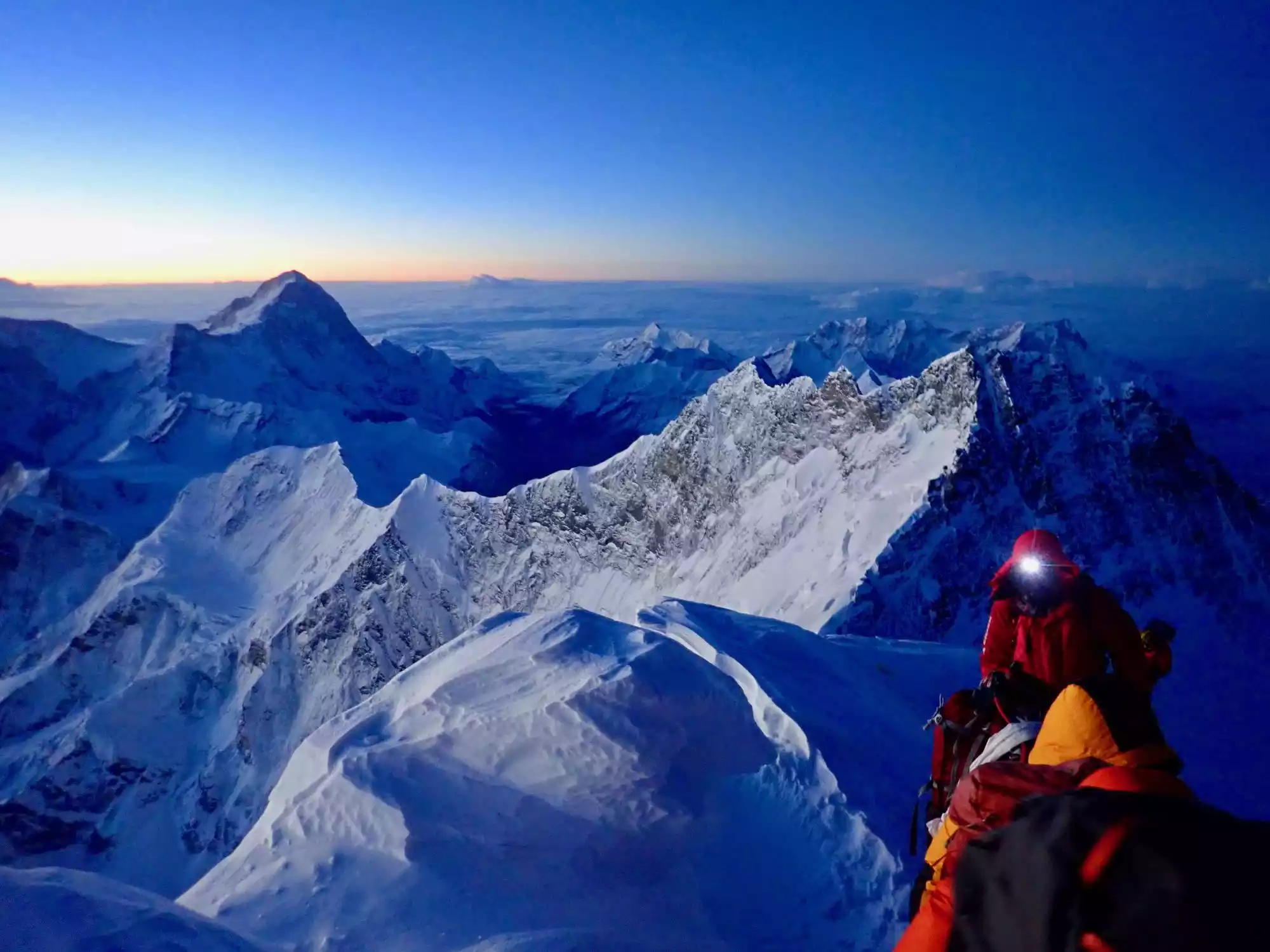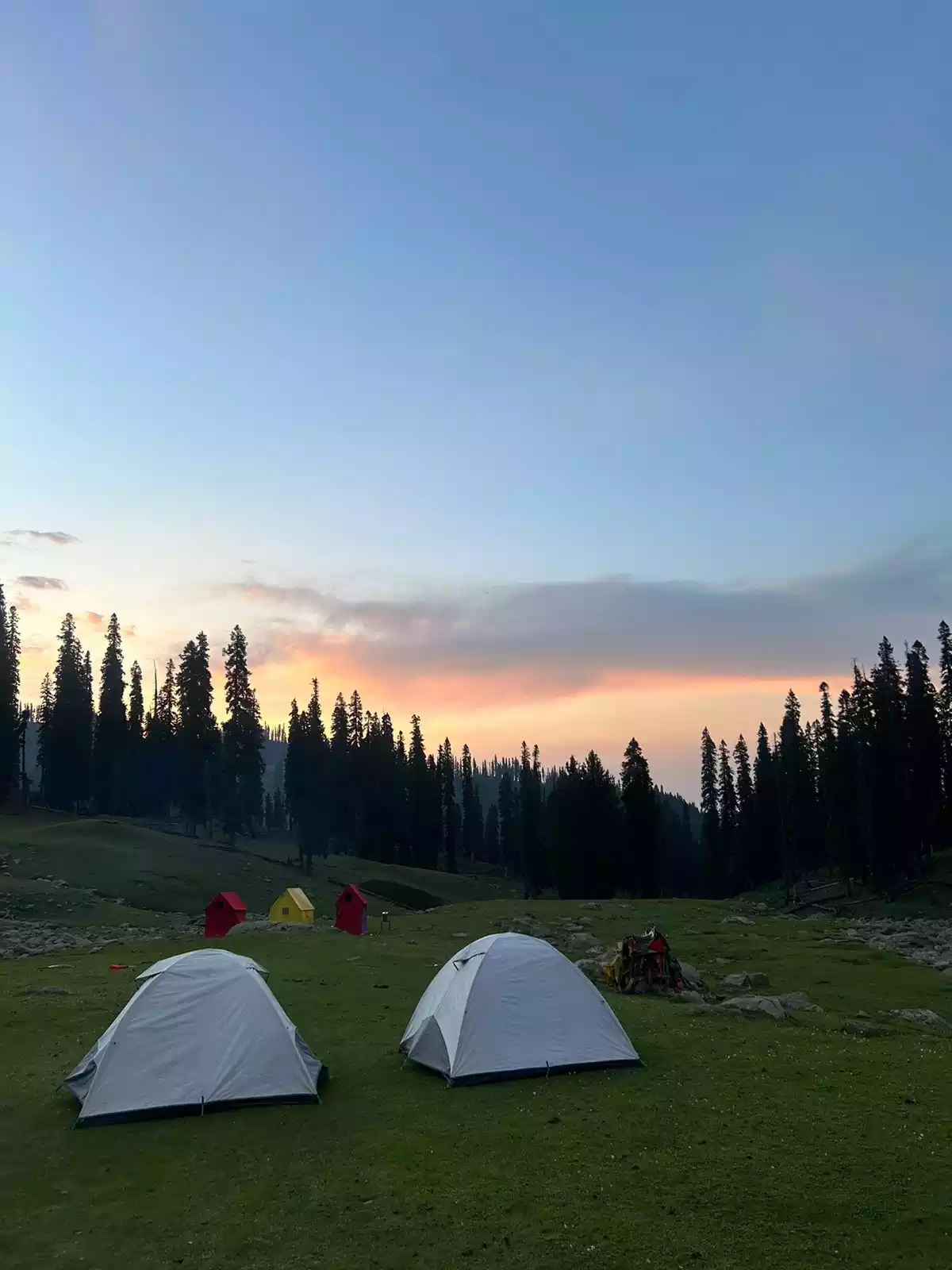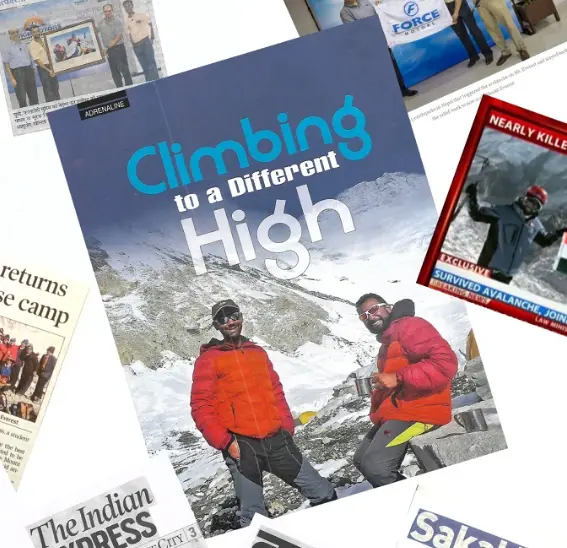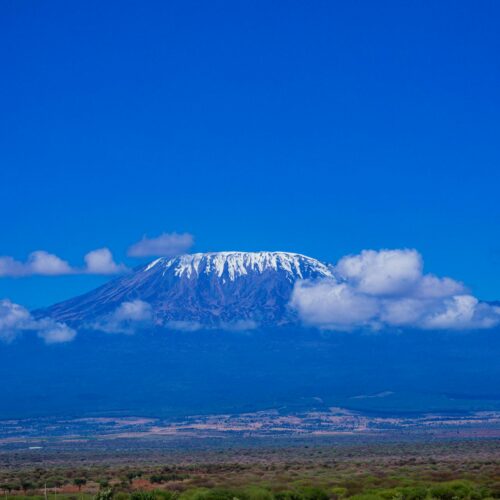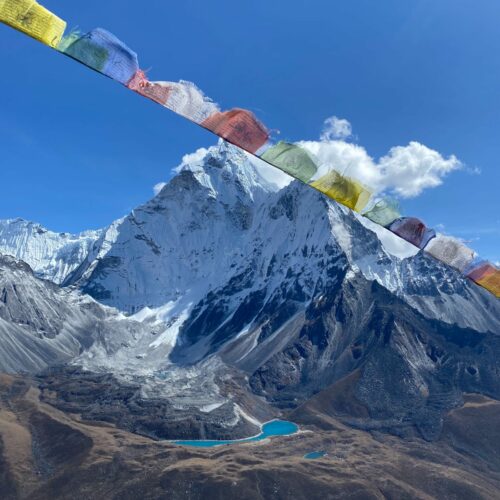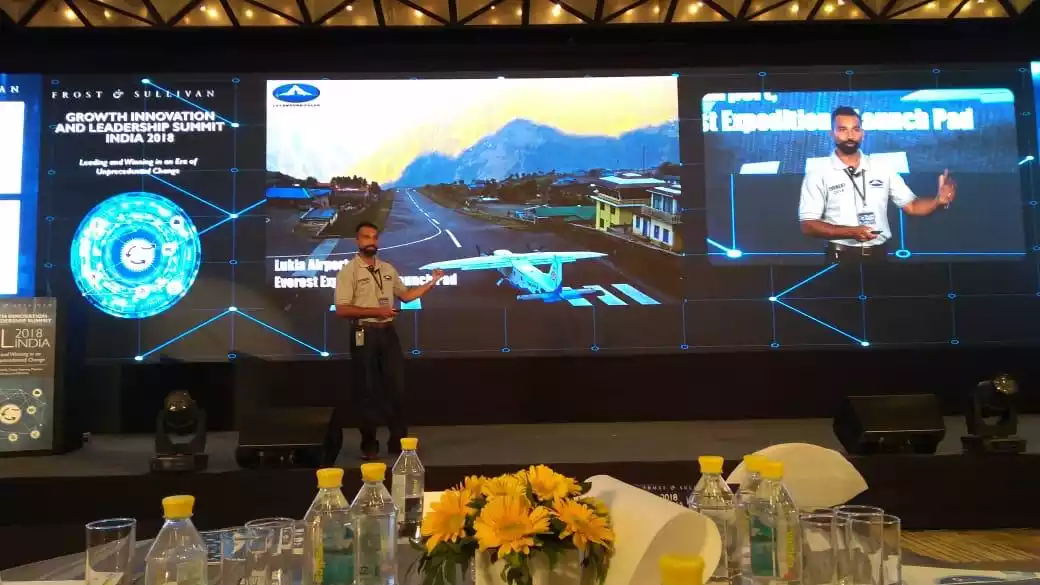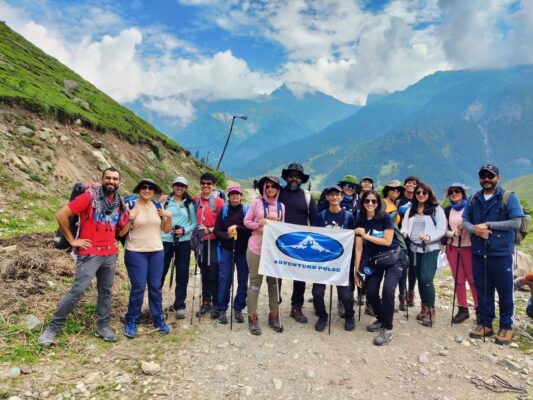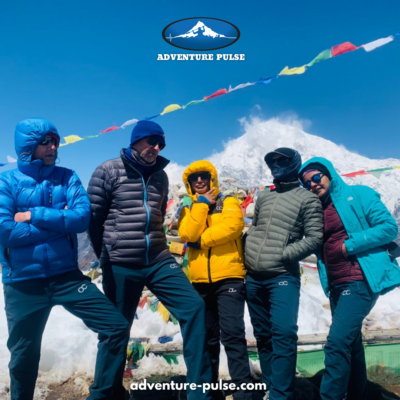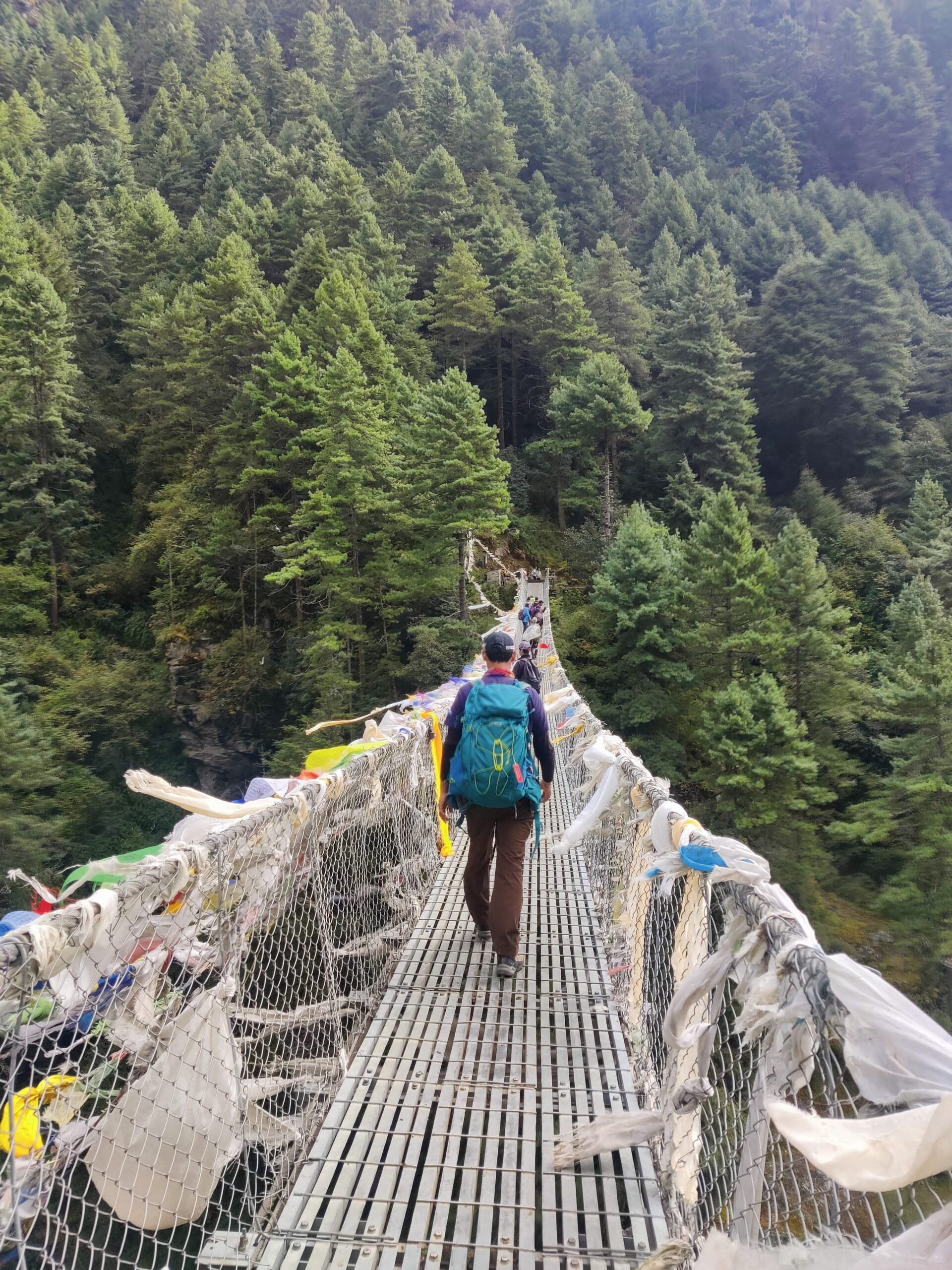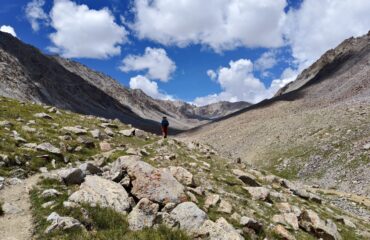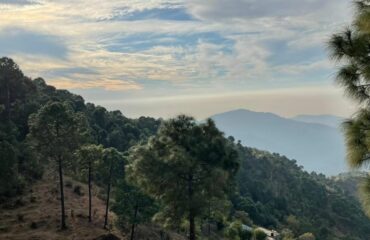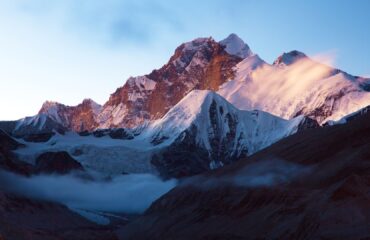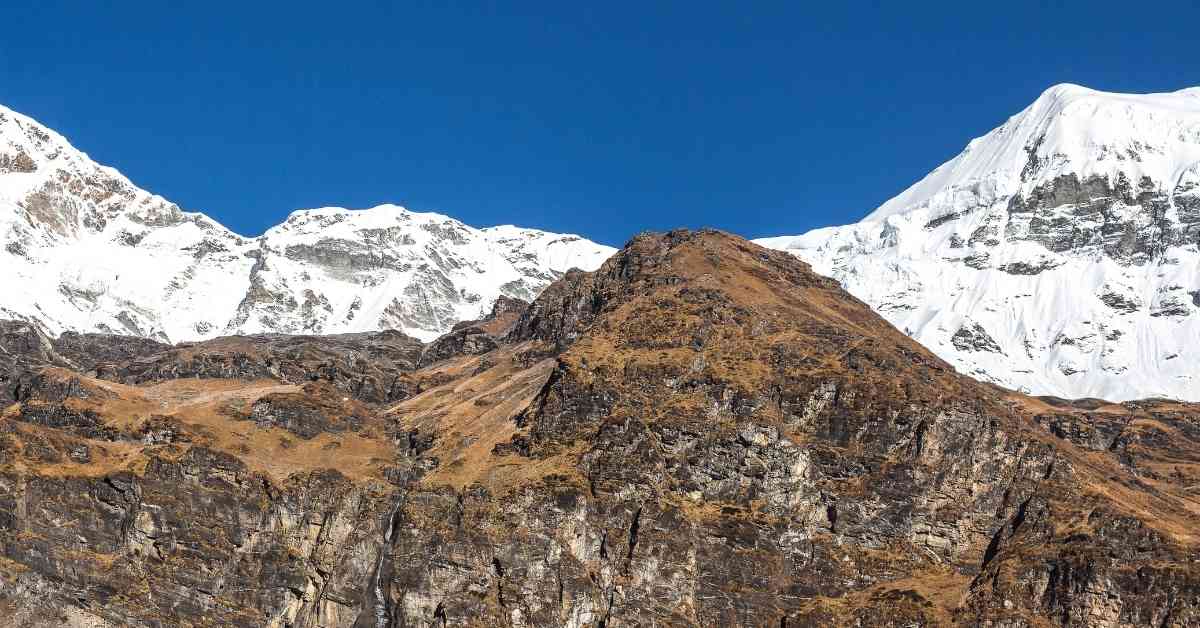
The Pindari Glacier Trek is an 8-day trek that explores the Kumaon Region of Uttarakhand. The trek has the same start point as the Sundherdunga Valley which is the village of Kahrkia. It takes you to a maximum altitude of 3800 metres and you end up trekking through some of the most beautiful landscapes in India and is recommended for people with some experience of trekking.
The Pindari Glacier Trek is perfect for individuals looking for their first High-Altitude Trek as the maximum altitude is less than 4000 metres and is relatively short trek as compared to Everest Base Camp. The longest day is when you trek from Phurkia to Pindari Glacier and back which is close to a 10-hour trek. On average, you will be walking for roughly 5-6 hours.
What’s the itinerary like?
From Kathgodam, the Itinerary is as follows:
Day 1: Arrival at Kathgodam/Pantnagar and drive to Binsar
This is the first day of the Pindari Glacier Trek. The nearest airport to the trek is Pantnagar and the nearest train station is Kathgodam. There are regular flights and trains from Delhi. As you arrive, an Adventure-Pulse representative will be there to receive you and they’ll drive you to Binsar. The first night of the trek will be spent in swiss tents at the Binsar Adventure Camp, where you’ll get a chance to learn about Kumaon culture. The camp is on the periphery of the Binsar Wildlife Sanctuary.
Day 2: Drive from Binsar to Kharkia and trek to Khati (2210 Mts/7293 Ft)
After a hearty breakfast at Binsar, we’ll start our journey to Kharkia. Kharkia is a 6-hour drive through mountainous roads from Binsar. Once we reach Kharkia, we’ll have a quick lunch at a local homestay and start our journey to Khati. It’s a 5 km trek today that takes you down into the bottom of the valley where we’ll see the conjunction of the Sunderdhunga and Pindari rivers. From the confluence, we’ll hike back up to Khati. The trail is well defined and paved with stones.
Day 3: Trek from Khati to Dwali. (2575 Mts/8498 Ft)
The trekking distance today is 11 km (5-6 hrs) with the roar of the Pinder Ganga not too far off. Along the way, there are many waterfalls and suspension bridges to be crossed. This day’s trek is one of the harder days as it involves a long trek. On the way, you’ll get a chance to marvel at the awesome views of the Pindari valley. We should reach Dwali at around 4-5 pm. Our camp will be set up on the banks of the river.

Day 4: Trek from Dwali to Phurkia (3206 Mts/14300 Ft)
A short 5 km trek takes you to Phurkia. The barren icy peaks seem to be carefully watching your every step. The trek crosses beautiful rhododendron forests that will be in bloom from March to early June. Keep your cameras ready as you’ll get a chance to witness a meadow, a glacial formation and a few Himalayan Ibex grazing nearby all in the same frame. Dinner and overnight stay in tents.
Day 5: Trek from Phurkia To Pindari Glacier (3900 Mts/12870 Ft) To Phurkia.
Today is an early start as it is a 7 km trek each way. We’ll reach zero point from where the Pindari glacier can be viewed in all its magnificence at the break of dawn. The Pindari Glacier is a 5km long glacier. The Pinder valley is also prominent with its patches of lush greenery over the stark white landscape. Return to Phurkia. Dinner and overnight stay in tents.
Day 6: Trek from Phurkia to Khati.
Today’s 17 km trek will take 4-5 hrs. We’ll follow the same route. At Khati you can try some of the local cuisine and learn about the way of life in the mountains. Dinner and overnight stay in tents/rest house.
Day 7: Trek from Khati to Kharkia and drive to Kathgodam
Today is the last day of trekking on the Pindari Glacier Trek. We begin with a 5 km trek (2 hrs) to Kharkia followed by a long drive to Kathgodam where you’ll stay at a comfortable hotel.
Day 8: Departure from Kathgodam
The next morning, you will start your journey back home. Adventure-Pulse representatives will drop you at the railway station or airport.
What to expect?
The trek is a moderate trek with significant climbs and descends as well as a significant altitude gain. You start at an altitude of 2200 metres and climb up to 3800 metres. Luckily, most of the trail leading up is paved with rocks and stones. The Trail is well marked, and ponies and mules are used to transport bags and equipment.
On average, you will be walking for around 4 to 6 hours a day at a comfortable pace. Your main bags will be put on mules or ponies and will be transported to the next campsite.
From Kharkia, you trek up to Khati which is one of the larger villages on the trail and you’ll get a chance to learn about the rich culture of the Kumaon. The trail up to Khati is through a rich forest with oak trees. The Sturdy oaks add to the watershed of the region as well. From Khati you trek up to Dwali. Dwali is where you’ll hit the famous Rhododendrons, also the state flower. If you trek in the summers, you’ll get a chance to see them in full bloom with reds and purples throughout. From Phurkia the icy peaks of Baljouri, Nanda Kot and Maiktoli will accompany you while you trek. The trek takes you near the outer sanctum of Nanda Devi. The Mountains of Maiktoli and Nanda Kot form part of the sanctum and is one of the most majestic sights in the Himalayas.

Where will I be staying?
At Binsar, you’ll be staying in comfortable Swiss Tents. Swiss Tents are tents with a bed, mattress and attached washrooms. The camp is located on the periphery of the Binsar Wildlife Sanctuary and is one of the highlights of Uttarakhand. We’ve added this night to break the hectic road journey from Kathgodam to Kharkia.
While on the trek, Adventure-Pulse will provide comfortable tents on a double sharing basis. These tents will be waterproof and will stay dry from the inside even in the rain. The tents will be lined with a foam mat followed by another sleeping mat where your sleeping bag will be placed. Your sleeping bag will be rated for -5 to 0 C and will be warm enough.
When is the best time to trek to Pindari Glacier?
There are two seasons to head to Pindari Glacier; Summer and Autumn. The summer season starts from March and ends when the monsoon arrives which is usually around late June. The Autumn season starts right after the monsoon and is from September to November. Trekking in the monsoons is avoidable as the rain increases the chance of landslides and road blockages.
How will the weather be like?
In the summer season, the weather is pleasant and should range from 15-20C at Kharkia and Khati. As you reach 3200 metres, the average temperature will fall and the temperature at Dwali should be around 5-10C. At Pindari Glacier, the temperatures will remain just above freezing.
The Autumn season will see a fall in temperatures by around 5C. Temperatures at Kharkia and Khati will range from 10-15C, and above Dwali, -5- 0 C.
Where will we go to the loo?
As part of our services, we provide a toilet tent with a flushable loo. After the porters reach the next campsite, they will set up the loos on one end of the campsite, away from running water. The toilet tents will then be pitched, and the portable flushable commode will be placed. At the start of the trek, your trek leader will explain how the loo works. Each Toilet Tent will also come equipped with sanitizing sprays, toilet paper and a packet for the waste. While on the trail, you will have to go Au Natural behind a rock.
Why does the itinerary show a night at Binsar?
We have added a night at Binsar to break the road journey. As you reach Kathgodam or Pantnagar our team will meet you and we’ll start the road journey. The drive from Kathgodam to Kharkia is a strenuous drive and the lodging options at Kharkia are limited. By adding a night at Binsar, we can break the journey into two and then make the trek to Khati from Kharkia which takes close to 4 hours. Additionally, a night at Binsar allows you to visit another highlight of Uttarakhand, the Binsar Wildlife Sanctuary.
How do I get to the start point?
There are a couple of ways you can use to get to Kathgodam/ Pantnagar. Kathgodam is easily accessible by rail with regular trains from New Delhi. The New Delhi Shatabdi leaves New Delhi by 6:20 am and reaches Kathgodam by 11:40 am. The Ranikhet Express reaches Kathgodam at 5:05 am. Pantnagar is connected by flights from New Delhi as well. Spicejet and Air India fly daily from New Delhi. There are overnight busses from New Delhi as well that you can use to reach Kathgodam.
What are the camp arrangements?
Each campsite will have a few toilet tents (number depends on the group size), a kitchen tent, a dining tent and numerous dome tents.
The kitchen tent is where all meals and hot beverages will be prepared. The cook and their helpers will prepare your meals. The dining tent is where the meals will be served. All treks with Adventure-Pulse will have a dining tent with a dining table and camping stools. The dining tent is also where you can relax and discuss the day’s trek.
Dome tents are the tents where you’ll be staying. We provide tents on a double sharing basis and you can upgrade to a single tent if you wish (Charged on actuals).
How fit do I have to be for the Pindari Glacier Trek?
The Pindari Glacier Trek is not a very difficult trek. However, you do need to have a certain level of fitness. We would also recommend going for a couple of day treks around the city that you live in. There are many day treks around Pune and Bangalore.
With respect to fitness, you will need to work on your ability to walk for long periods of time with some weight on your back. This is to prepare your body for walking in the mountains with your day pack. If you need any advice on how to go about training for any trek please feel free to contact us. A sample fitness plan can be found here.
Planning to go for the Pindari Glacier Trek, contact us at [email protected] or drop us a comment below and we’ll get back to you.

